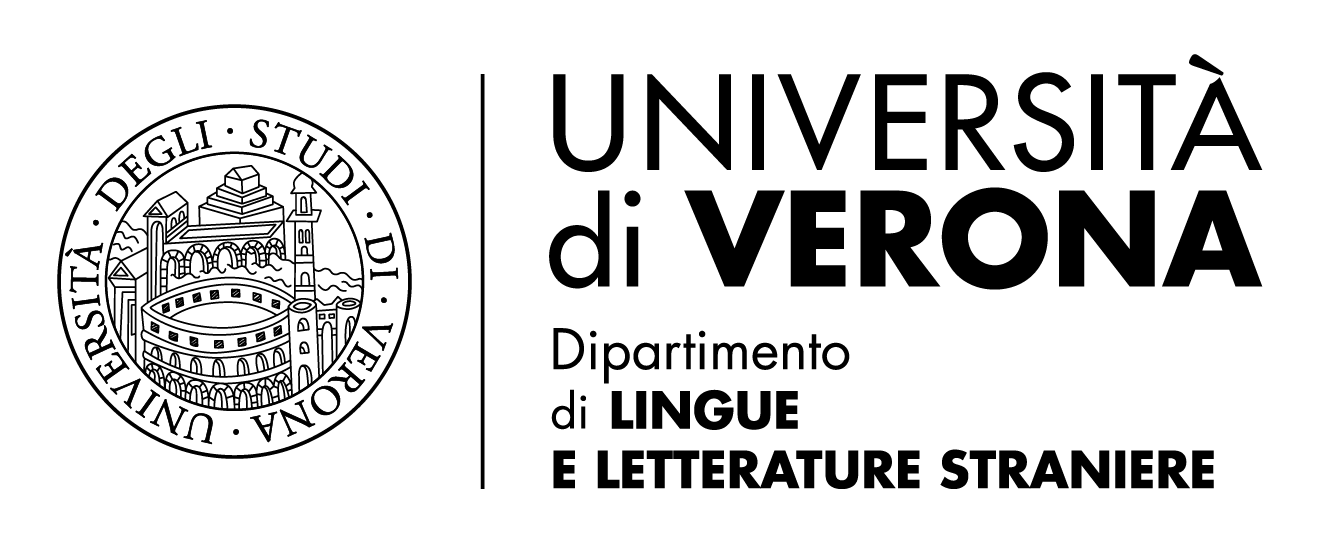Speaking Silently and Overnarrating in Fyodor Dostoevsky’s Krotkaia
DOI:
https://doi.org/10.13136/1013-2309/1009Аннотация
Speech saturates Fyodor Dostoevsky’s Krotkaia, wherein the first-person narrator, a loquacious grieving pawnbroker seeks to comprehend the cause of his wife’s suicide. But this speech, strangely, is often as silent as it is voiced. Reading Krotkaia, I follow the seemingly ceaseless speech of Dostoevsky’s narrator, but also, listen to the pauses, speechless moments, and silence. In so doing, I discuss the audible and inaudible in Krotkaia, positing that reevaluating the relationship between speech and silence calls for reconsideration of the work’s narrative landscape. This article shows how gender dynamics and plot structure are defined by the interplay of speech and silence and treats the meek one’s wordlessness as a communicative act, through which the oppressed female figure cultivates narrative agency.
Keywords: The Meek One, silence, narratology, gender
Библиографические ссылки
Mikhail Bakhtin, Problems of Dostoevsky’s Poetics, ed. and trans. Caryl Emerson (Minneapolis:
University of Minnesota Press, 1984). https://hdl.handle.net/2027/heb.08865
Elizabeth Blake, “Sonya, Silent No More: A Response to the Woman Question in Dostoevsky’s
Crime and Punishment”, SEEJ 50, no. 2 (2006): pp. 252-271.
Leon Burnett, “Effacement and Enigma in the Making of The Meek Girl”, in Aspects of
Dostoevskii: Art, Ethics, and Faith, ed. Robert Reid and Joe Andrew (New York: Rodopi, 2012), pp. 149-166.
Jason Cieply, “The Silent Side of Polyphony: On the Disappearances of ‘Silentium!’ from the
Drafts of Dostoevskii and Bakhtin”, Slavic Review, vol. 75, no. 3 (Fall 2016): pp. 678-701. http://www.jstor.com/stable/10.5612/slavicreview.75.3.0678
Doritt Cohn, Transparent Minds: Narrative Modes for Presenting Consciousness in Fiction
(Princeton: Princeton UP, 1978).
Владимир Даль, Толковый словарь живого великорусского языка, т. 2 (Москва: издание
книгопродавца-типографа М. О. Вольфа, 1881).
Thomas H. J. Dyne, “‘That’s the horrible part: I understand everything!’: The Narrative Ethics of
Misreading the Other in Dostoevsky’s Poor Folk and “The Meek One”, SEEJ, vol. 64, no. 3 (2020): pp. 455-474.
Barbara Heldt, Terrible Perfection: Women and Russian Literature (Bloomington: Indiana UP, 1987).
Kate Holland, “The Fictional Filter”, in Dostoevsky Studies, New Series 4 (2009): pp. 95-116.
http://hdl.handle.net/2027/mdp.39015069065384
Michael Holquist, “The Either/Or of Duels and Dreams: A Gentle Creature and Dream of a
Ridiculous Man”, in Dostoevsky and the Novel (Princeton: Princeton UP, 1977), pp. 148-164. https://hdl.handle.net/2027/heb.32258
Ilya Kliger, “Anamorphic Realism: Veridictory Plots in Balzac, Dostoevsky, and Henry James”,
Comparative Literature, vol. 59, no. 4 (Fall 2007): pp. 294-314. https://www.jstor.org/stable/40279382
Harriet Murav, "Reading Woman in Dostoevsky", in A Plot of Her Own: The Female
Protagonist in Russian Literature, ed. Sona Hoisington (Evanston: Northwestern UP, 1995).
Irina Paperno, Suicide as Cultural Institution in Dostoevsky’s Russia (Ithaca: Cornell UP, 1997).
Susan Sontag, “The Aesthetics of Silence”, in Styles of Radical Will. (New York: Farrar, Straus
and Giroux, 1969), pp. 3-35.
Lucjan Suchanek, “Молча говорить – повесть Ф.М. Достоевского Кроткая”, Dostoevsky
Studies, vol. 6 (1985): pp. 126-142. sites.utoronto.ca/tsq/DS/06/125.shtml
Загрузки
Опубликован
Выпуск
Раздел
Лицензия
Уведомление об авторских правах
Авторы должны соблюдать следующие условия:
- Авторы сохраняют авторские права на свои работы, но передают журналу права первой публикации. Вместе с этим статьи будут лицензироваться по системе условий использования произведений Creative Common License - Attribution - No Commercial Use, которая разрешает другим исследователям делиться работой с указанием интеллектуальной собственности автора и ее первой публикации в данном журнале для некоммерческого использования.
- Авторы могут придерживаться других лицензионных соглашений, не исключая распространение опубликованной версии их работы (например, включив ее в архив учреждения или опубликовав в монографии), при указании на первую публикацию в данном журнале.
- Авторы могут распространять свою работу (например, в институциональных репозиториях или на личном веб-сайте) до и во время процедуры подачи публикации, поскольку это может привести к выгодному обмену и цитированию работы (см. также The Effect of Open Access, «Эффект открытого доступа»).
По всем вопросам обращайтесь по эл. адресу:
или



